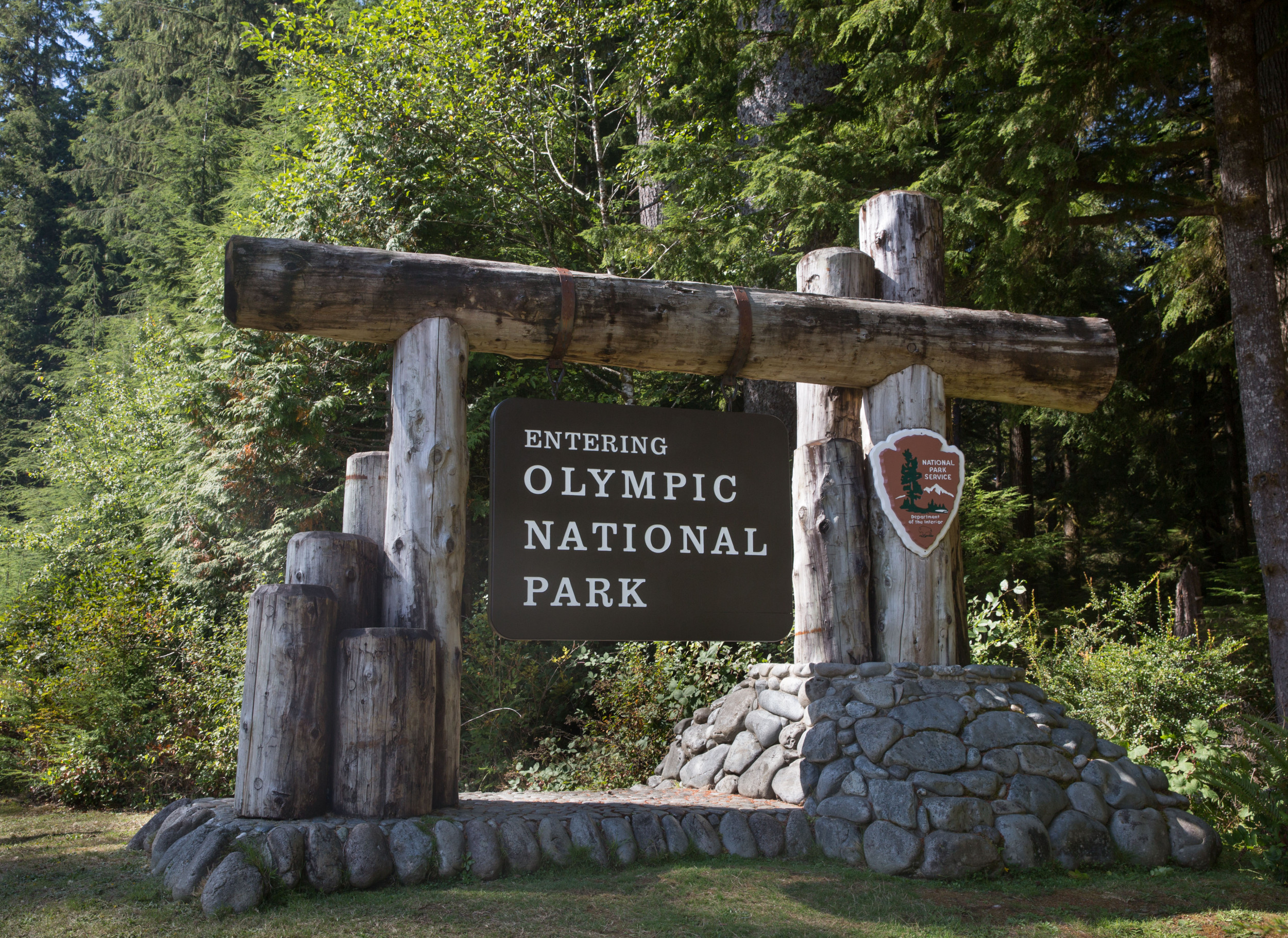World
Map reveals US world heritage sites ‘most at risk’

A recent analysis has identified some of the world’s most iconic UNESCO World Heritage Sites as being at significant risk from climate-related threats, including 21 in the United States.
Conducted by climate risk analytics firm Climate X, the report highlights the vulnerability of 500 UNESCO sites worldwide, with a focus on those most at risk by 2050 if urgent action is not taken to curb greenhouse gas emissions.
According to the analysis, the Everglades National Park in Florida is the most threatened site in the United States, facing a range of climate hazards, including coastal flooding, tropical cyclones, extreme heat, drought and storm surges.
Washington’s Olympic National Park is also among the top 50 most at-risk sites because of the dangers posed by river and surface flooding, as well as landslides.
George Rose/Getty
“The potential impact of climate change on these sites is profound. But it’s not just our past heritage that’s at risk—it’s our present, too,” Lukky Ahmed, CEO and co-founder of Climate X, said in a statement.
Globally, the Sansa, a collection of ancient Buddhist mountain monasteries on the Korean Peninsula, topped the list of sites most vulnerable to climate change. The report identified river and surface flooding as the primary threats to these monasteries, some of which date back to the seventh century.
Other high-risk sites include Australia’s Sydney Opera House, Indonesia’s Cultural Landscape of Bali, China’s West Lake Cultural Landscape in Hangzhou and Norway’s West Norwegian Fjords
“While the loss of these cultural treasures—many of which have endured for millennia—would of course be devastating, it’s also vital to remember the real societal and economic impact of climate change is happening in the here and now,” Ahmed said.
Climate X’s co-founder, Kamil Kluza, echoed the urgency of the situation, telling Newsweek: “I think the message is that the risks are there and they need to be actively worked upon.

“That means investment budgets and putting money on the side for both climate adaptation as well as reducing carbon dioxide in the atmosphere.”
The report was generated using Climate X’s Spectra platform, which uses advanced algorithms to model the future likelihood of 16 different climate hazards—including extreme heat, tropical cyclones, and flooding—across eight warming scenarios over a 100-year horizon.
Each site was assigned a risk score, ranging from A (no risk) to F (high risk), based on the projected total loss percentages.
Sites in Africa, the Middle East and Latin American countries were excluded from the analysis as Climate X doesn’t have coverage in these regions yet. Other sites excluded were based on an assessment that they had zero risk.
In total, UNESCO—the United Nations Educational, Scientific and Cultural Organization—recognizes 1,223 world heritage sites, spanning the entire globe.

The U.S. is home to 26 world heritage sites, including both the Yosemite and Yellowstone national parks.
In response to the report, UNESCO’s World Heritage Centre clarified to Newsweek that the organization was not involved in the analysis and has no information about the methodology employed.
“UNESCO is not in a position to comment on it at this stage,” the Centre stated.
Ahmed concluded by calling on governments, preservationists, and the global community to prioritize the protection of these sites.
“Our findings serve as a stark warning for governments, preservationists and the global community to prioritize the safeguarding of our planet—to preserve our ancient monuments and our current assets and infrastructure—and to protect life today and into the future,” he said
Do you have a tip on a science story that Newsweek should be covering? Do you have a question about climate change? Let us know via science@newsweek.com.










